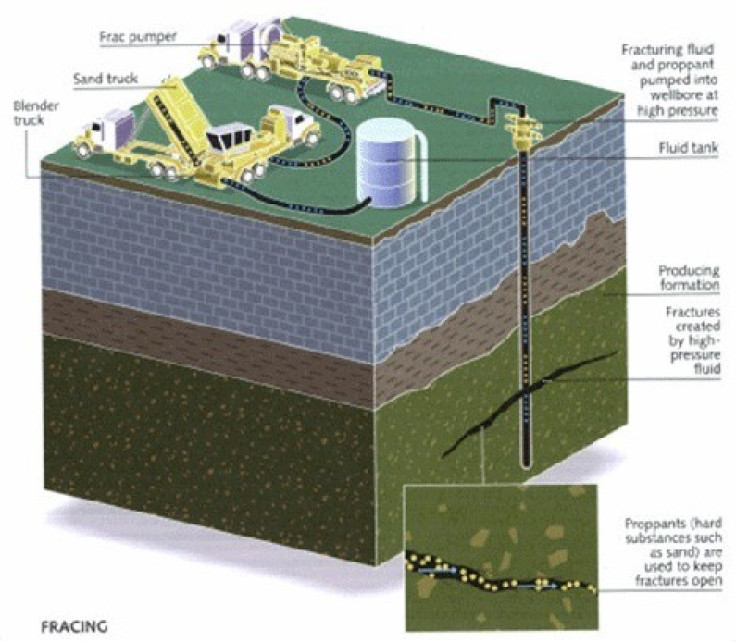Fracking Saves Water, Prevents Droughts, New Study Claims [Photos]

Even though hydraulic fracturing, or fracking, uses millions of gallons of water to blast shale rock to release trapped gas, the controversial technique actually saves water, according to a recent study by the University of Texas.
The study claims that the Lone Star State is less vulnerable to drought because of its transition from coal to natural gas as the main fuel source used to generate electricity.
“Natural gas also enhances drought resilience by providing so-called peaking plants to complement increasing wind generation, which doesn’t consume water,” the study said.

Thanks to fracking, Texas is now extracting more oil and gas than ever. The state's production could surpass that of Kuwait, UAE, Iraq, Iran and even Canada by the end of next year. The drilling technique has been heavily criticized, as some environmentalists contend fracking contaminates and wastes groundwater.
"The bottom line is that hydraulic fracturing, by boosting natural gas production and moving the state from water-intensive coal technologies, makes our electric power system more drought-resilient," Bridget Scanlon, senior research scientist at the university's Bureau of Economic Geology, who led the study, said.
While the study asserts that fracking accounts for less than 1 percent of the water consumed in Texas, it also acknowledged that it strains local water supplies in areas where the technique is heavily concentrated.
© Copyright IBTimes 2024. All rights reserved.












